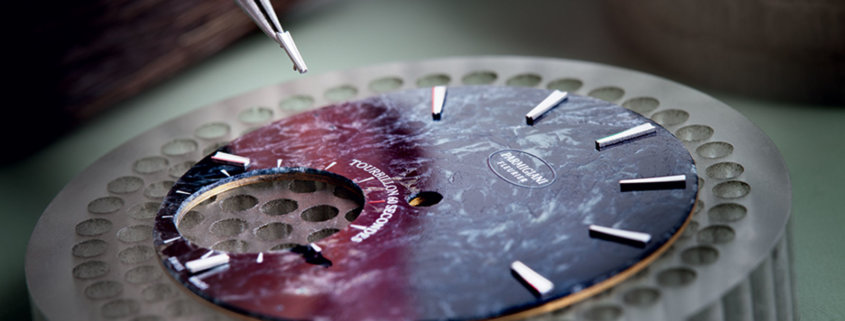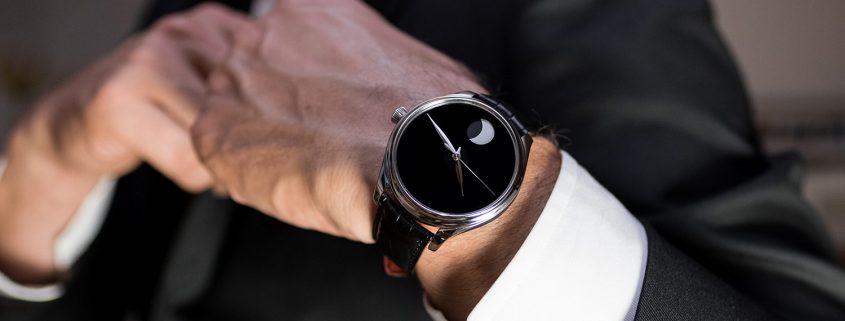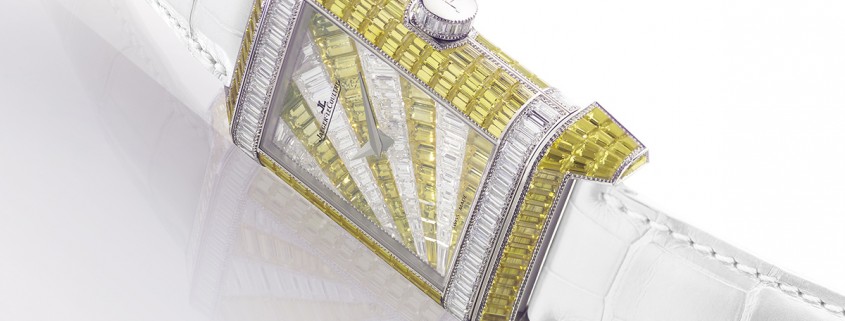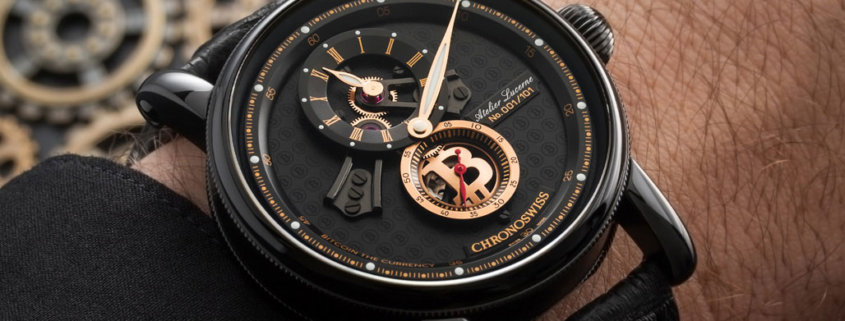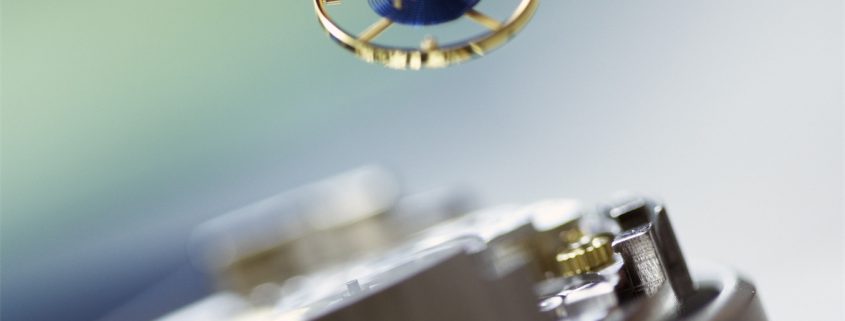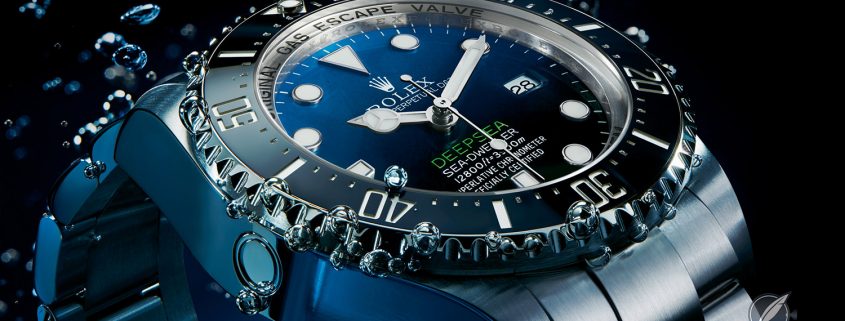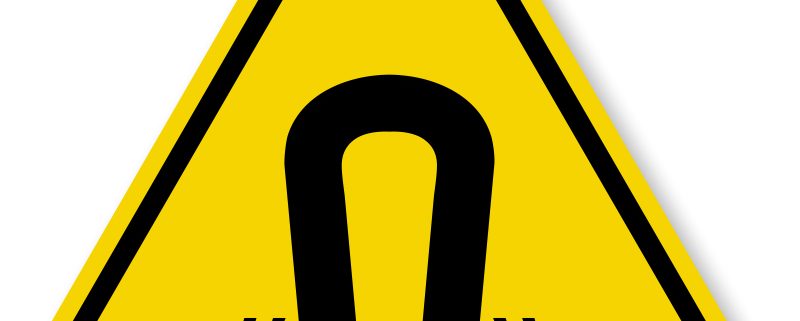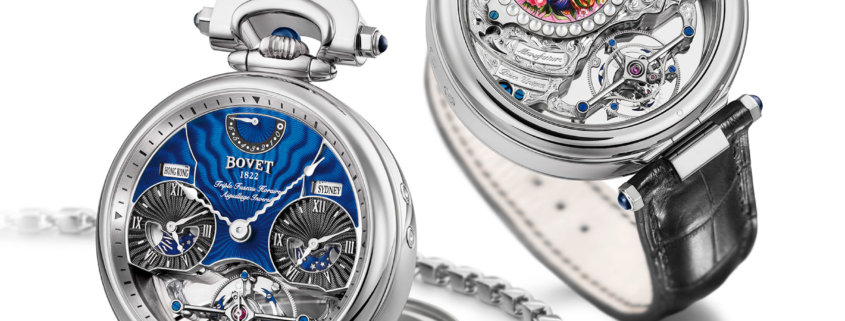Visiting Parmigiani Fleurier, Vaucher Manufacture, Atokalpa, Elwin, Les Artisans Boîtiers, And Quadrance & Habillage: A Family Affair
Even in the watch world, miracles never happen alone: nearly every watch company needs suppliers. Parmigiani Fleurier, in Switzerland’s Val de Travers, has the advantage of being part of the Sandoz Family Foundation, whose extensive catalog of companies includes some of the best suppliers available.

